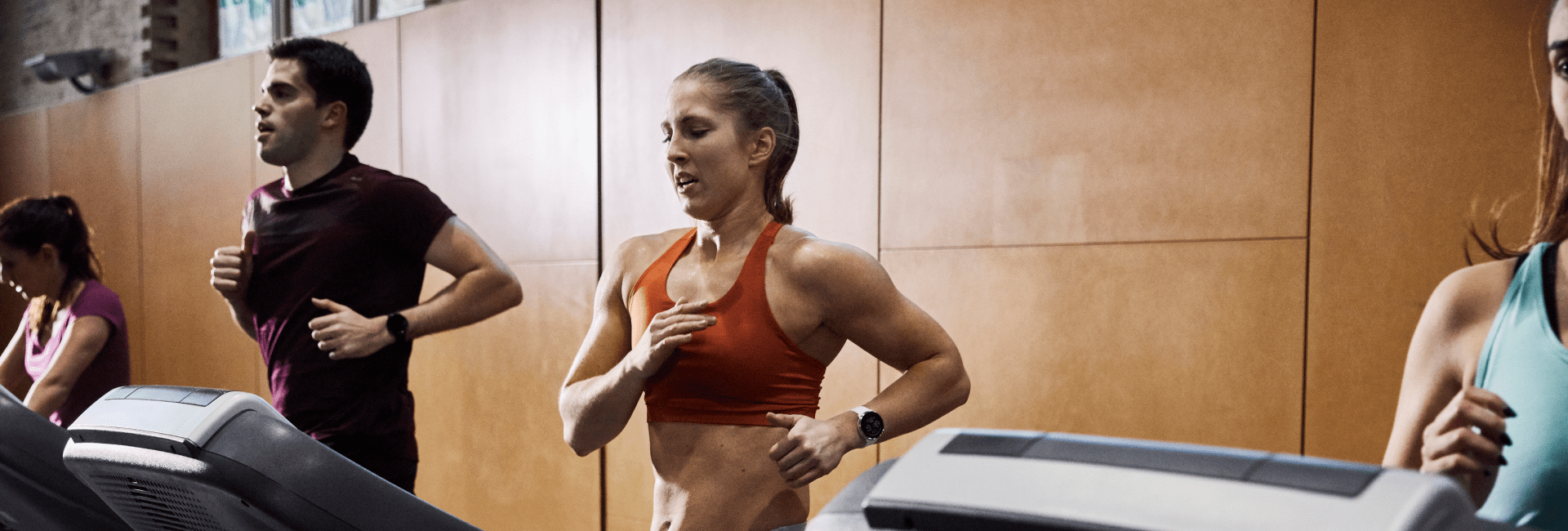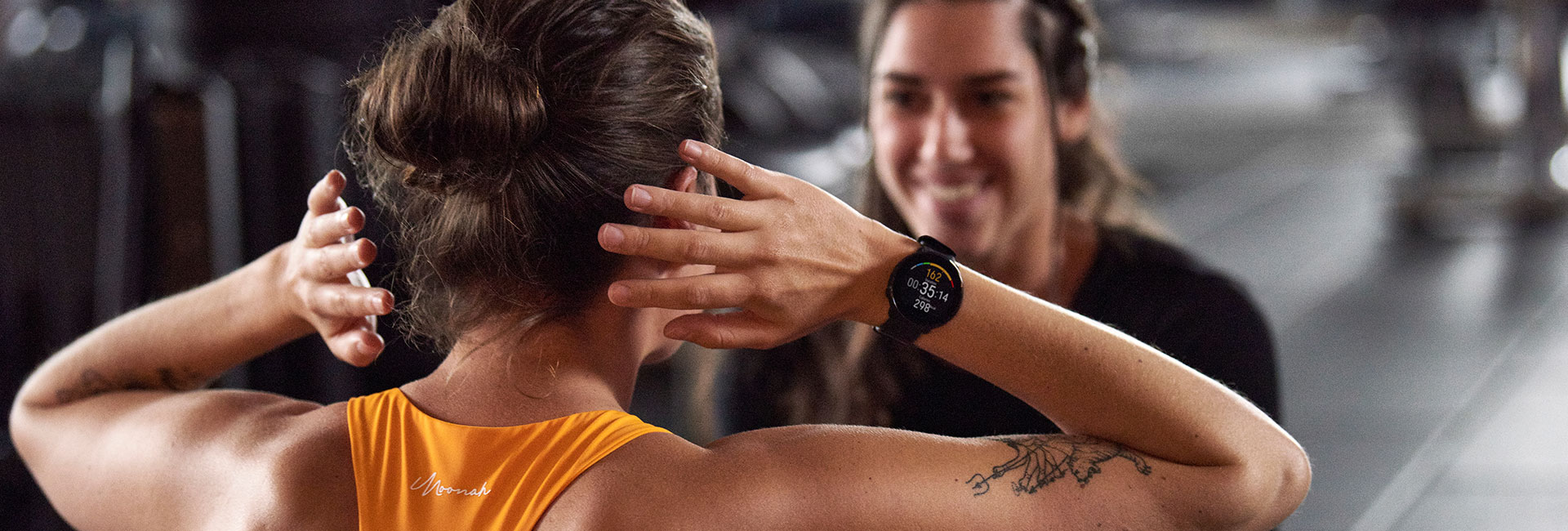If you’re wondering how to understand the effectiveness of your workout, look no further than your heart. Yes, that pounding you feel in your chest when you train can give some astounding insights. So, what exactly happens to your heart rate during exercise? And what does it tell us?
Measuring Your Heart Rate
Watch any medical drama on TV and the first thing you’ll see the doctor do is measure the patient’s heart rate. Firstly – because yes, it means they’re alive! Secondly, because our heart rate reveals so much about our general health and fitness. For example, a weak pulse or a racing heart rate can be a sign to a medical professional that something is not right.
So what exactly are they checking? By definition, your heart rate means the number of times your heart beats in a minute. The two most common ways to describe heart rate are:
- In beats per minute (BPM).
- As a percentage of your maximum heart rate (MHR).
By measuring your heart rate during exercise, you can help you track your fitness and monitor if you’re working out at the right level for you. This means you won’t be ‘flying blind’ when it comes to exercise. With your heart rate, you’ll know how effective your fitness session has been and how much rest and recovery you need before your next one.

What Can Affect Your Heart Rate During Exercise?
While your heart rate accurately indicates your effort and exercise intensity, it’s also dependent on circumstances. There are several factors that influence heart rate during exercise, which include the following.
Training Background
Athletes with an extensive background in aerobic training have more efficient heart muscles. The capacity of their left ventricles has increased and the ventricular muscles have become stronger, leading to an increased stroke volume. This increased stroke volume can be observed as a lower resting heart rate as well as a lower training heart rate.
Athletes with an extensive background in aerobic training have more efficient heart muscles.
Temperature
As your temperature increases, so does the need to cool your body down. This is achieved by your blood flow being directed closer to the surface of the skin. The accelerated circulation requires your heart to beat faster, which means that your heart rate goes up.
When the surrounding air cools down, circulation in peripheral parts of the body decreases so your heart has less work to do concerning circulation. This causes your heart rate to decrease.
Dehydration
When you’re dehydrated, the amount of plasma in your blood decreases. This forces your heart to pump faster than normal to provide enough oxygen and nutrients to muscles in peripheral parts of the body. This helps you maintain an adequate body temperature and is the reason why your heart rate tends to go up when you’re dehydrated.
WHAT’S A NORMAL HEART RATE DURING EXERCISE?
When it comes to your heart rate, there is no ‘normal’. For a variety of reasons, it’s pointless comparing your heart rate during exercise to someone else’s. As you will discover below, there are many factors that influence our heart rate, making each of ours different – and it will continue to change over the course of your life and fitness journey.
What’s a Normal (Average) Heart Rate by Age?
One of the key factors that influence our heart rate is age. Like so many parts of our body, your heart’s capacity and functionality changes over the course of your life. So your age is a useful metric for estimating your maximum heart rate (MHR).
By regularly exercising in different heart rate zones, you will get the most out of what you put in.
By discovering your MHR, you can then work out your personal heart rate zones. These are useful for helping you to understand how different types of exercise have a specific effect on your heart and overall fitness.
You can use these zones to create a heart rate training plan, which is a great way of ensuring that you are doing a variety of exercises. By regularly exercising in different heart rate zones, you will get the most out of what you put in.

What’s an Ideal Target Heart Rate?
Your target heart rate during exercise should be between 50% to 85% of your MHR, depending on what type of exercise you are doing and for what purpose.
For example, if you want to improve your endurance, you should do long training sessions at low intensity. If your aim is to improve your cardiovascular health, then high-intensity interval training (HIIT) is what you should try.
Why Train With Heart Rate?
Your heart rate is a useful tool for understanding and improving your fitness level and performance. Training with heart rate allows you to monitor and control the intensity of your workouts, allowing for variation in your training plan.
The best part of training with heart rate means that every second of your workout counts. By monitoring your heart rate during exercise, you’ll enhance both your fitness and recovery time, which combined will improve your overall performance.
HOW TO MONITOR HEART RATE DURING EXERCISE?
There are two different ways of measuring and monitoring your heart rate during exercise.
- A chest strap heart rate sensor measures your heart’s electrocardiogram (ECG). In this case, measuring your heart rate means directly measuring the electrical activity of your heart. –> You can monitor your HR from the chest strap in an app or sports watch while you exercise.
- An optical heart rate monitor, such as an arm or wrist-based HR monitor, measures the pulse on the arteries. Simply put, it measures your pulse, which is caused by heartbeats (i.e. heart rate) –> You can measure and check your HR with the same watch while you exercise.
Both options are very precise, so it simply comes down to which device you prefer for the way you exercise.
If you liked this post, don’t forget to share so that others can find it, too.
Please note that the information provided in the Polar Blog articles cannot replace individual advice from health professionals. Please consult your physician before starting a new fitness program.

